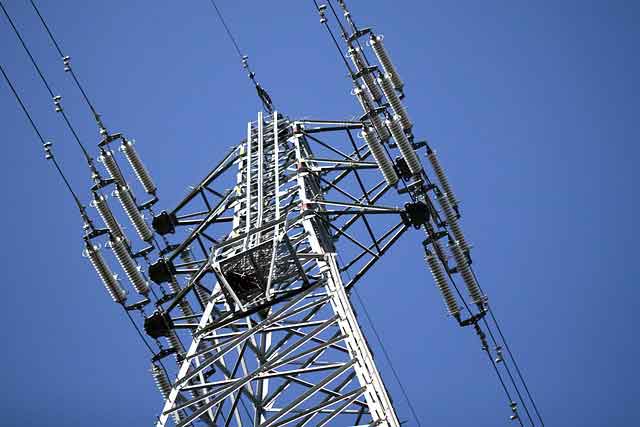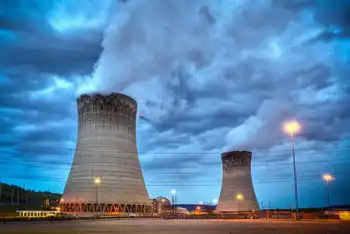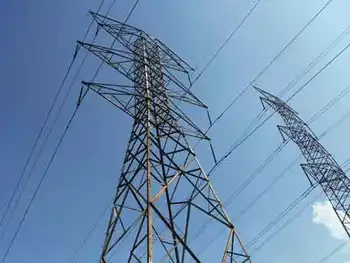Too many gadgets to create a global power surge
By Toronto Star
CSA Z463 Electrical Maintenance
Our customized live online or in‑person group training can be delivered to your staff at your location.

- Live Online
- 6 hours Instructor-led
- Group Training Available
This year, the number of people using a personal computer worldwide will pass one billion and there are already nearly two billion television sets in use today. More than three billion people subscribe to a mobile phone service and the number of chargers for mobile devices is fast approaching six billion.
And we're just getting going, argues the Paris-based International Energy Agency in a report released titled "Gadgets and Gigawatts." An $80 billion (US) industry today, the agency sees that growing to $200 billion by 2030. In line with that, it expects total energy use from electronic devices to double by 2022 and triple by 2030 to 1,700 terawatt-hours if nothing is done to radically lower their energy consumption.
"This increase up to 1,700 terawatt-hours is equivalent to the current combined total residential electricity consumption of the United States and Japan," said Nobuo Tanaka, executive director of the energy agency. "It would require the addition of approximately 280 gigawatts of new generating capacity between now and 2030."
That's like adding another Japan to the global grid.
The report says any improvements in efficiency to date have been cancelled out by the explosive demand for more feature-rich devices that require more power, everything from digital cameras and "smart" cellphones to Internet-connected game boxes and routers.
"It would not be surprising if you could count between 20 and 30 separate electronic devices spread throughout your house," says the report, which isn't counting electrical appliances like toasters. "None of them except perhaps televisions actually use very large amounts of energy individually, but they have become so common in all our households that as a group they now make up a sizeable amount of our energy consumption."
They generally account for about 15 per cent of total home electricity consumption, and in some homes exceed the amount of power used by traditional energy hogs like refrigerators and washing machines.
Devices that use remote controls are a particular problem because they're always in standby mode, meaning they never sleep and are always consuming a trickle of power. "Ten years ago you didn't see a ceiling fan or air conditioner with a remote control, but nowadays there's more and more products using that kind of switch," said Bruce Strathearn, a standards engineer with the office of energy efficiency at Natural Resources Canada.
Canada is introducing regulations that, beginning next year, would set a limit on the amount of "phantom power" certain consumer electronics could use in standby mode. The goal is a cap of 1 watt by 2013.
Some argue that many of these devices, while they do consume power, have actually helped reduce overall electricity consumption by making the entire economy run more efficiently. A U.S. group called the American Council for an Energy-Efficient Economy put out its own study yesterday arguing that devices that rely on computer chips have hacked so much inefficiency out of the economy since the 1970s that the country has avoided the need for 184 power plants.
"Had we expanded the size and scope of the U.S. economy based on 1976 technologies, it appears that the U.S. would be using about 20 per cent more electricity than actually consumed in 2006," according to that report.
It argues that, by applying technology wisely, it's possible to expand the economy by 70 per cent by 2030 while reducing overall power consumption by 11 per cent.
Manny Vara, a technology strategist at computer chip giant Intel Corp., said there's still a big push underway within the computer and consumer electronics industries to reduce power consumption. Not many people realize, for example, that a computer mouse, keyboard or memory stick plugged into a USB port of a computer keeps the computer awake when it would normally "sleep," he said.
Increasingly, consumers are using computer USB ports to charge other devices. "If the USB doesn't fall asleep, other pieces don't fall asleep, and it actually adds up to a lot of power over time," said Vara, adding there is room to reduce energy consumed by the screens on computers and hand-held gadgets.











